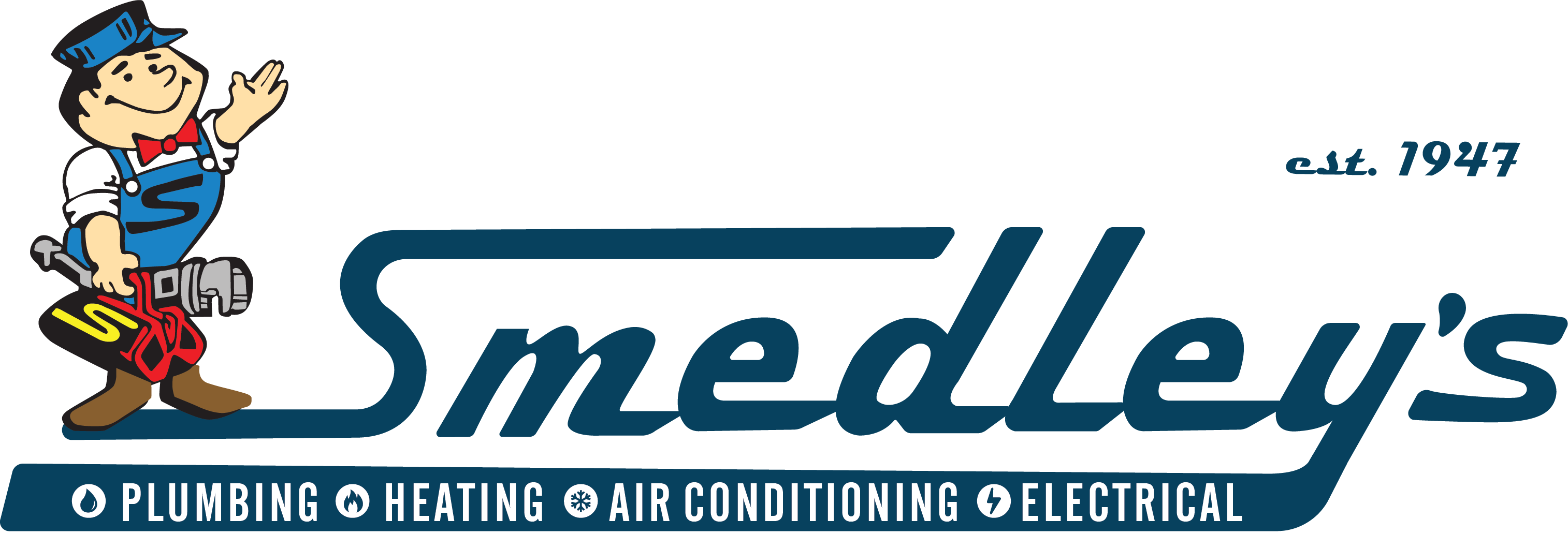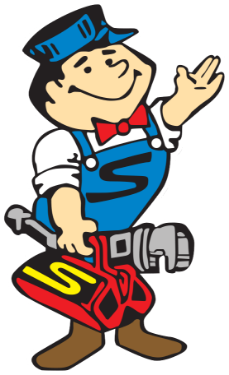September in Utah can start out warm and balmy and soon become chilly and cloudy. The time is near for homeowners to fire up their furnaces for autumn and winter coziness. Unfortunately, some furnaces will fail during the upcoming heating season. Here are four ways to spot and deal with a furnace failure in your home.
Know the Age of Your Furnace
Furnaces have limited lifespans. If you took immaculate care of your furnace, it may last up to 30 years without giving you problems. On average, furnaces reach the end of their useful lives after 16 to 20 years of operation.
Look for the label or small plaque on your furnace to find out the year when your furnace was manufactured. If your furnace is at the end of its projected lifespan, do your research on the best new furnace for your home.
Pay Attention to Warning Signs
Furnaces don’t always provide warnings when they’re about to stop keeping you warm. Sometimes, a furnace simply stops working at all.
Usually, a failing furnace will give you warning signs before failing completely. In many cases, if you call for repairs in time after noting the signs, you can prolong the life of your furnace. If you let symptoms of impending failure continue, your neglect could cost you your entire furnace.
Check for the following furnace warning signs:
- Squeaks, rattles, and bangs
- Air is only slightly warm or cool
- Furnace cycles frequently
- The blower runs for an extended time
- Circuit breaker trips when heat cycles on
Smells are another sign of possible furnace failure. However, most furnaces have an initial off smell when you turn them on after a long period of inactivity. You may smell a slight singed or burnt smell as dust and small particles heat up on the unused furnace.
If the smells don’t go away after a few cycles of your heating system, turn off the heat and contact your furnace repair professionals. An expert should check out any heavy burning smell, gas smell, smoke, or foul odor.
Look for the Glitches
Quite a few small situations cause a furnace to appear to be broken. If your furnace is a gas furnace, is the gas supply valve on the open position? Are gas lines clean and non-corroded? Sometimes, you need to bleed gas lines a bit to release trapped air after long periods of dormancy.
Your pilot light may be faulty or just need a good cleaning. Your furnace expert can replace and clean pilot lights to make them work correctly again.
A common glitch that affects heating is an improperly positioned thermostat. If your thermostat is located in an area where heat or sunlight is, the thermostat may send signals to your furnace to cycle less often. If the thermostat is in a cold, unused area of the home, the heat may cycle too often.
Hire a professional to inspect your thermostat if you suspect you need to relocate it. Another thermostat issue is the wiring that connects the temperature controls to the furnace switches. If the wiring has become loose or disconnected, your heating repair technician will diagnose and fix the problem.
Some of the other glitches that can cause your heating system to fail include loose fan bolts and bad electrical connections. Nests and debris in furnaces, bad fuses, and chewed electrical wires can also cause temporary furnace failure.
Plan a Pre-Season Inspection of Your Furnace
To stay ahead of cold-weather heating issues, plan a furnace inspection and tune-up in September or October. Your furnace inspection includes checks, adjustments, and repairs of your entire heating system.
During your pre-season inspection and tune-up, a professional will check the furnace for:
- Proper airflow
- Loose or failed connections
- Correct current and voltage
- Failed blower or fan motors
- Blown fuses
- Cracked heat exchanger
- Gas-line and joint leaks and issues
The professional will tighten the electrical and mechanical connections and lubricate parts during the inspection. The furnace professional will repair and replace faulty components that could lead to worse trouble down the road. Your furnace will run more efficiently after the inspection and tune-up.
If you need a new furnace, the inspection will reveal why a replacement is necessary. You can install a new, high-efficiency furnace that offers many benefits. For example, a variable-capacity gas furnace has the ability to adjust the amount of BTUs it produces to keep your home at a consistently warm temperature.
Modern furnaces are also quieter than older models. The variable-speed fans deliver the right amount of warm air without using maximum power. Your furnace installer can show you more benefits of contemporary heating systems to help you choose the best model for your home.
When you face problems with your furnace in Ogden, Utah, contact Smedley & Associates for a complete evaluation of your heating system. We also service heating systems in the Salt Lake City and Layton, Utah regions.




